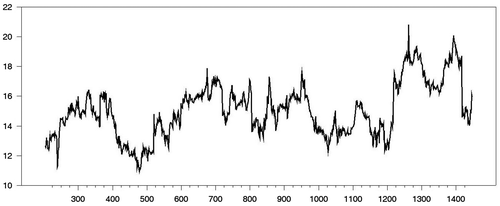Figures & data
Table 1. Description about benchmark equity indices of SAARC Countries
Table 2. Fundamental determinants of equity market integration
Table 3. Descriptive Statistics of sample return series
Table 4. Results of the marginal specification of return series of sample countries
Table 5. Estimation results of time invariant copula models of dependence amongst sample equity markets
Figure 1. Regional trade intensity of major regional blocs of the world.
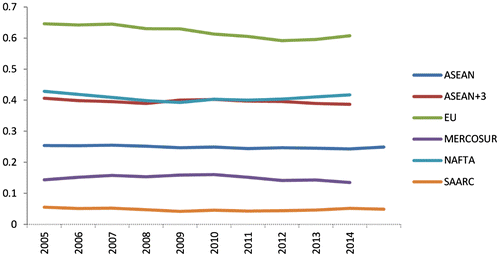
Figure 2. Time Varying Copula Models Dependences between sample country’s benchmark equity returns.
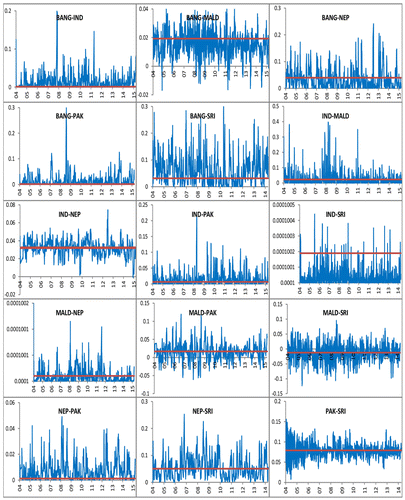
Table 6. Goodness of Fit test for time varying copula models of dependence amongst sample equity markets
Table 7. Return spillovers across equity markets of South Asian Countries
Figure 4. Portfolio Equity Inflows into SAARC Countries from SAARC and ASEAN + 6 Groups.
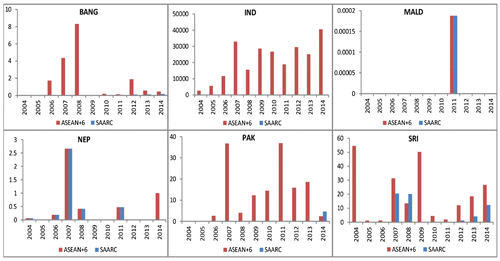
Figure 5. Portfolio Equity Outflows from sample SAARC countries to SAARC and ASEAN + 6 groups.
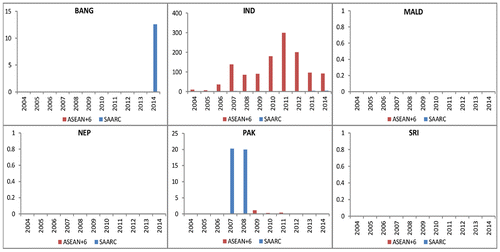
Figure 6. Trends in Governance Indicators of SAARC and ASEAN + 6 Countries.

Figure 7. Trends in Total Trade (as percentage of GDP) of SAARC and ASEAN + 6 Countries.

Figure 8 Trends in Trade Tariff (as percentage of duty) of SAARC and ASEAN + 6 Countries.

Figure 9. Trends in Market Capitalization (as percentage of GDP) of SAARC and ASEAN + 6 Countries.

Figure 10. Trade Intensity of India (ratio of total trade with India to total trade of India).


